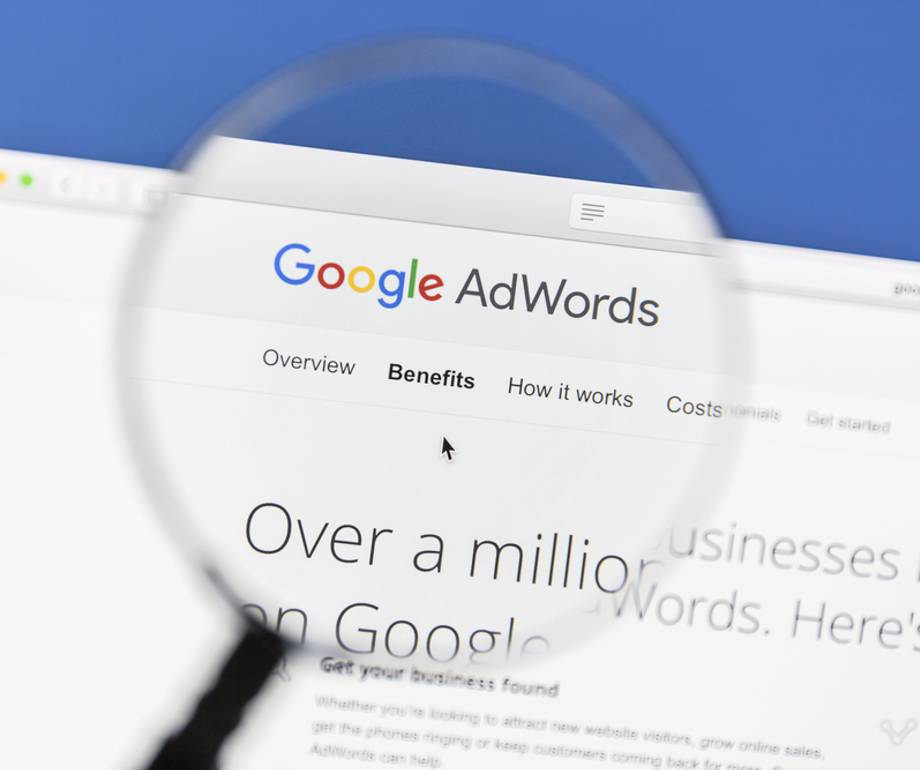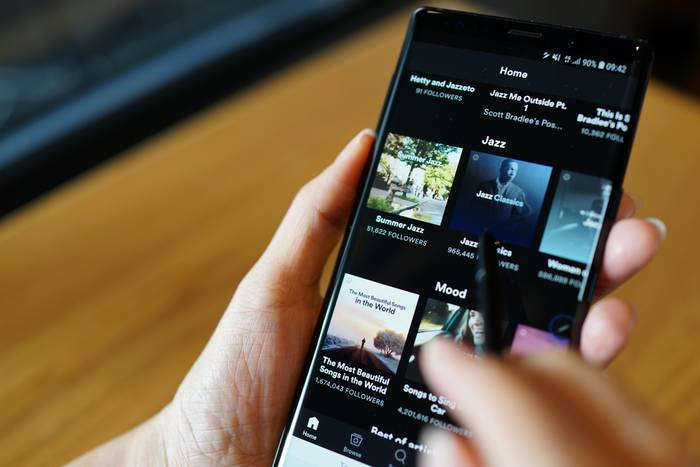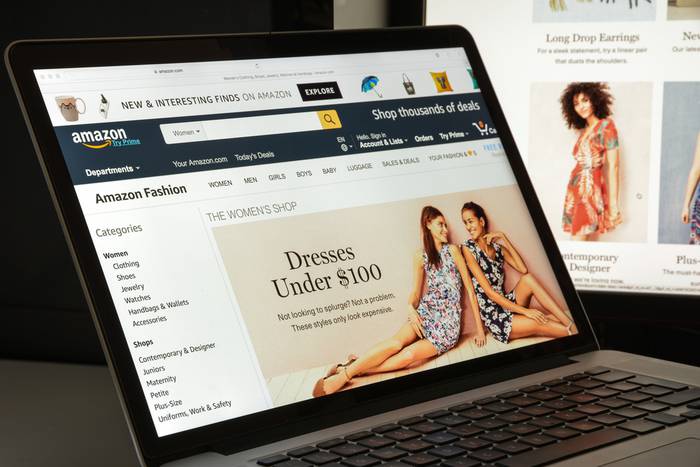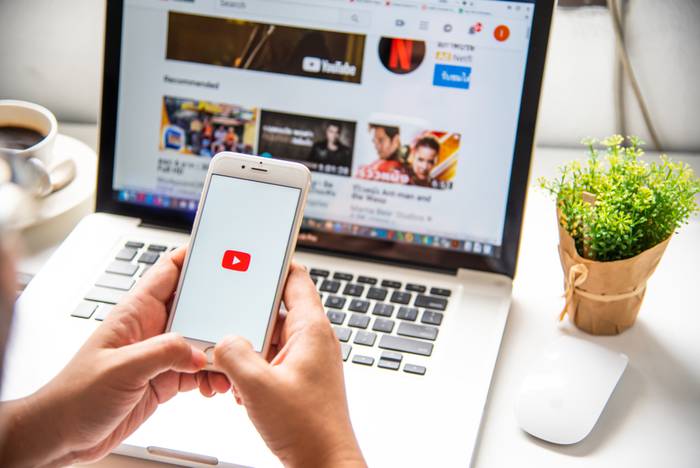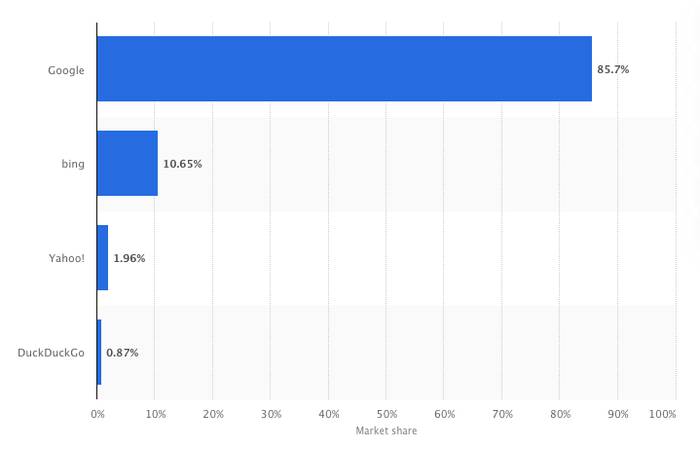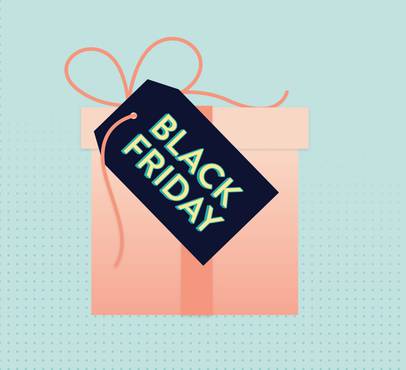When most people think of PPC, they think of paid search. The two are often synonymous in people’s minds.
The truth is, PPC is so much more than just Google Search. It stands for pay per click advertising, which was traditionally defined by the fact that an advertiser would set a daily budget and a maximum amount they were willing to pay per click, and that advertiser would only pay if and when a user clicked on one of their paid ads. No click, no charge.
But as Google and advertising in general has evolved, they have introduced more and more flexible ways for advertisers to pay for their campaigns, depending on the goal or campaign type. For example, CPM bidding, where you pay for the impressions your ad receives and even pay per conversion - which is a feature available to certain advertisers and allows you to set a specific cost per acquisition that you pay whenever your ads generate a conversion - all of the clicks and impressions leading up to it are free.
It's not just the bidding strategies that have diversified, there are now a plethora of platforms that advertisers can use to get their message in front of their target audience, to the extent that PPC doesn’t really work as a term any more. The more appropriate term is paid media.
In this blog, I’ll be exploring some alternative paid media platforms, some of which we have tried here at Extreme, and others that we are looking to explore with the right clients.
1. Quora Ads - what are they and should you be using them?
First up, Quora ads. According to Search engine journal, ‘Quora is an online community of people providing answers to questions.’ It’s essentially a more refined, better managed version of Ask Jeeves, and continues to grow in popularity each year with over 21 million users in the UK alone.
If a user is actively using Quora, they’re doing so because they are looking for an answer to a question, or a solution to a problem. In many ways, these are the perfect people to market to as you can target ads to users based on audience interests, looking at the kind of questions they have asked in the past, topics that they might be searching for, or even specific questions. For example, if I searched quora for ‘what should I do to sleep better?’ and saw an ad for a sleep aid app or sleepy tea, I’d perhaps be more inclined to click it as I am searching for a solution to that specific problem.
We explored Quora ads for one of our timber merchant clients. Why them? Well an analysis of the search terms that had been triggering their paid google search ads revealed that a large number of these searches were framed as questions, such as ‘What is the best type of wood for outdoor furniture,’ or ‘Siberian larch vs joint cladding.’
Based on this, we can make the assumption that a proportion of their prospective customer base might be spending time researching various types of wood before making a purchase, making them a prime target for our quora experiment.
Overall, the campaign generated 2,938 clicks and 255,331 impressions. That’s over a quarter of a million times their brand name was seen by Quora users! The increase in brand awareness has contributed to an increase in sessions, in new users and, ultimately in enquiries. Although we can’t definitively say how many of these new users have visited the site as a result of seeing an ad, as we can’t measure when someone sees a Quora ad and then chooses to visit the site at a later date, we can surmise that the increase in brand awareness has had a positive impact on the bigger picture.
Would we try Quora ads again - most definitely!
2. Spotify ads - what are they and should you be using them?
Next up, we have the media and audio streaming service, Spotify. Although many users opt to pay for a premium account, meaning their sessions remain uninterrupted, there are still 156 million free (or ad supported) listeners - that’s a significant audience we can tap into.
In fact, Spotify has a bigger reach than pretty much ALL radio stations, and has the benefit of being a lot more targeted. You can reach listeners by targeting based on their interests and activities - which Spotify can piece together by what you’re listening to. This might include targeting based on a users’ podcast or playlist preferences, such as a film soundtrack, which may then make them more interested in a streaming service such as Netflix. It might even involve reaching listeners in a real time context, as they soundtrack specific moments throughout the day. For example, you are likely to hear an ad for a sportswear brand while you’re listening to a workout playlist.
Another benefit of advertising on Spotify is that it allows you to reach people on occasions when visual media cannot. When advertising on Google, Facebook or Instagram for example, we need users to visit the platform and actively pay attention to what’s on the screen. However, while advertising on Spotify, we can play our ads while a listener is cooking, exercising, driving, cleaning and more - Spotify calls these screenless moments.
This poses the question:
If a user hears one of our Spotify ads when they’re in the middle of another activity and might not even be anywhere near, or have access to, a computer or a phone, how are they going to visit our website, and how are we going to measure the effectiveness of this activity?
This is where we would have to set expectations early on. These campaigns are going to be measured primarily by reach, frequency and impressions, but as with any awareness driving activity, we would hope to see an incremental increase in direct and organic traffic to the site, social engagement, and hopefully sales or enquiries too. You could even create a Spotify only promo code to measure this more effectively and be able to attribute revenue directly back to the channel.
Following on from Spotify ads, another audio medium worth exploring is podcast advertising. There are now 15.6 million podcast listeners in the UK alone, covering almost every topic you could think of - from american politics and true crime, to hip hop and expecting mothers - so it should be pretty easy to find your target audience. With podcast advertising you generally pay per thousand listens, with the cost going up depending on the size of the pod’s listenership or the length of the ad spot, and there are a few different options; from dynamic insertion (ads that literally inserted into the podcast), to baked in (which often involves the podcast host reading the ad live).
3. Amazon ads - what are they and should you be using them?
With Amazon ads, you have the option to run brand ads - which are the banners you see across the top of your screen - or product ads, promoting individual products. As with Google ads, you create campaigns, allocate budget and pay when your ads receive a click.
Amazon is an intent rich platform, meaning generally the people on there want to spend their money, making it the perfect place for an e-commerce client to advertise. It’s also a great place to increase brand awareness for a new brand as you can target people searching for relevant products and use brand ads to pique their interest!
These are a part of our bread and butter offering here at Extreme, and is an arena we’ve seen fantastic successes on, across a range of clients.
4. Youtube ads - what are they and should you be using them?
We’ve been running Youtube ads for clients for a few years now, covering a broad range of sectors. It’s a really cheap way to reach a targeted audience at scale, disrupting them with eye catching and memorable ads as they watch videos. You can choose to target based on a user’s demographics, their interests or the kind of topics their watched videos tend to be about. As Youtube is owned by Google, there’s an abundance of data for them to access, and fine-tune what types of things make you tick as a consumer, it can be a targeting dream!
We’ve seen great success with some of our Youtube campaigns where we’ve been able to use the most relevant ad content to best suit different target audiences. For one of our clients, we served their parent audience an ad which featured a little girl baking with her mum, whereas their ‘millennial non parent’ audience would see a video about two people who have just been out for a run. This campaign delivered high view through rates, particularly for the parents, a low cost per view of 1p and an impressive number of people choosing to watch the video to the end, rather than skipping after the mandatory 5 second period. Although Youtube is never going to be a direct conversion channel, it plays a key role in brand awareness with target audiences as video content continues to play a key role in the way customers consume media.
What about advertising on other search engines, like Bing?
Google is still by far the bigger search engine in terms of volume of users, however, they are not the only route to ad success - Microsoft’s Bing is still used by 10% of the UK market! Not only will your ads potentially benefit from being in a less saturated ad space, but when you run ads using Microsoft, they are also eligible to show on other search engines like Yahoo and Duck Duck Go.
It’s important to remember that as with many of the platforms that we have touched on today, it’s not quantity that counts. It’s quality. It’s the WHO. If your target audience are using Bing, then that’s where we should be advertising.
So, how should you decide where to direct your paid media efforts?
If your prospective customer or client is looking for you on Google, you need to make sure you are there, in that moment, waving a flag and shouting their name.
However, this blog highlights that there is more that we can be doing to get you seen and heard, because those prospective clients and customers do not LIVE on google. They also visit question and answer sites, they listen to music and podcasts, they shop on amazon, they watch videos on youtube and, sometimes, they may even search on Bing.
If you’re looking for some guidance on your paid media strategy, get in touch. Our team of experts are on hand to help identify where your audiences are, and create targeted, strategic ad campaigns to help them find you.
Need help with your paid media strategy?
Get in touch!Post by

Lucie is our lead on all paid media activity, overseeing our talented paid media team and managing the strategy and implementation of all paid search campaigns across multiple platforms. Fully Google qualified and working directly at Google prior to joining Extreme, there's not much Lucie doesn't know about PPC!
Project
